To borrow a line from The Clash, “London’s burning”. And the photographs of the mayhem are stunning. The above shot here is by Amy Weston/WENN.com, as seen in NY Mag. (That image and a bunch more images from NY Mag here).
I’ve been been near riots of this magnitude on two occasions – Paris in 2005-6 and Seattle WTO riots – neither of which I photographed. I’ve also seen a guy get hit by a car and had my camera at the ready but did not shoot. And plenty of other things that I’ve not wanted to photograph. As a pure photographer, only-career-I’ve-ever-had guy, I’m not sure what’s in me that doesn’t pull me to want to shoot so many of these photos, even when I’ve had the chance (like this post). I’m deeply moved by such images -ala London riots, or trama, or the war in Afghanistan. Often times these images are so important to our culture, but at other times it’s shallow and cold to shoot them. I’m especially conflicted with the images coming out of London.
How about you… When do we shoot? When do we help or decide not to spread the horror?
UPDATE: Interview with the photographer (Amy Weston) that captured the stunning photograph in the earlier post below in an article over here at my Google+ page …offers some insights into what she was thinking and plays well with the ongoing discussion here on the blog and over at my Google+ page. (Add me to a circle if you’re G+ing so I can meet you too).

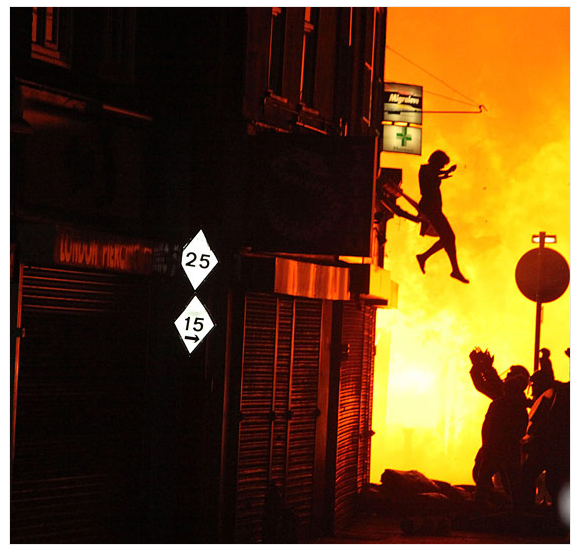






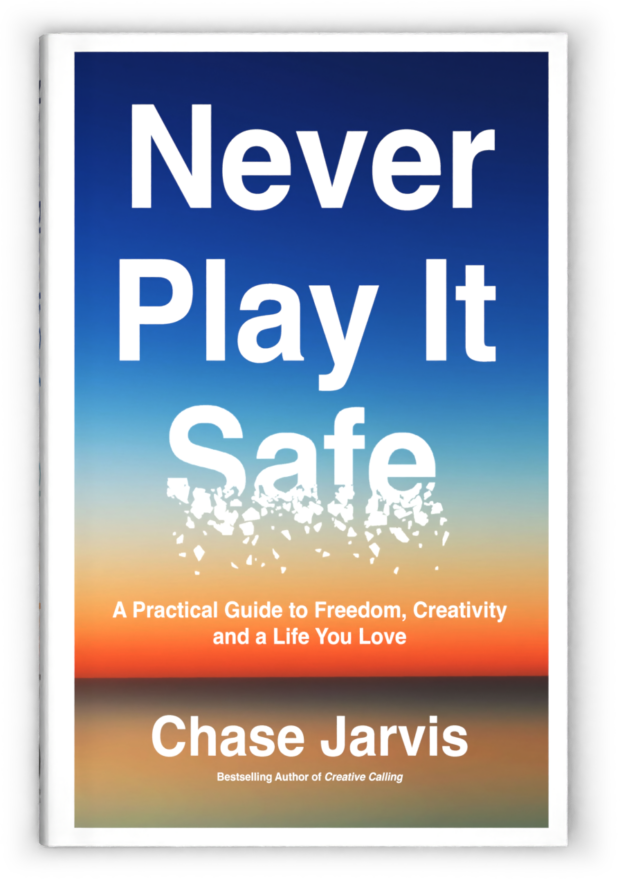










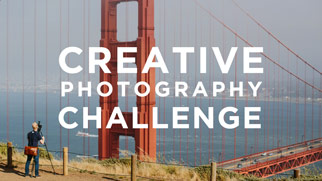
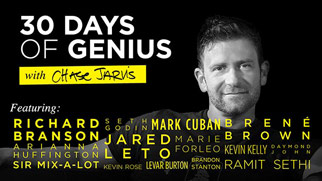
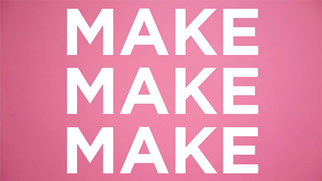
Documentation is one of the most important facets in life. Of course things would be different if the photog was the only person available to help.
I always shoot when it is a public event.
The only time I won’t shoot is if it is something private: if someone hits a tree driving his car, I don’t shoot. It is a “private accident” and there is no reason to picture a person in pain or embarrassment in something that does not really concern the public.
In riots, floods, fires, demonstrations etc I always shoot (but I might edit myself later and not publish an image that I might find tasteless).
My photojournalistic side is stronger than my photographic, and I have seen many times this same nightmare:
I am walking accross a chain -link fence which is probably the fence around an airport. Suddenly, I see a plane losing a wing and emitting smoke, moments before it crashes. I try to open my waistpack to get my camera out, but I never make it. Sometimes the zipper gets stuck, sometimes I grab the EOS1 but I cannot align the lens and fix it in time, for one reason or another I never make it in time and the plane crashes out of sight before I make a single frame.
It may sound sick, but it is abslolutely true: I have seen this nightmare many times, so the anxiety of “missing the shot” is firmly in my subconscious. It is a dream, so there are no feelings about the tragedy of the accident and the lives of people, and it always ends at the moment of the crash, but I hope this answers the question posed…
I think it goes without saying that if someone is going to photograph something of graphic nature, there needs to be a great about of care and deliberation in their actions to make the photo a tasteful. I have seen images of war, trauma, riots, etc. that have moved me in ways that words cannot. I think as humans we need to see what we are hearing about for it to make sense. We are programmed to take in visual stimulation. I also believe photographs such as the London riots can be used to educate others who are not in the area about what is going on and just how vast the extensive and extreme the riots are. On the other end of things, if you are a photographer brave enough to shoot the horrific event, be prepared to take heat and criticism. Kevin Carter and his image of the starving Sudan child is a prime example of what can happen. I think the photographs need to be taken, the images need to be seen, we as photographers need to educate with what we see through out viewfinders.
I guess photogs who do, do such 4 posterity & also 4d records regardless of the trauma behind such situation.
Chase,
I’ve recently been thinking about this very question, especially in light of Tim Hetherington’s death in April. I watched Restrepo about a month or two before he was killed, which is what initially got me thinking about this topic. I mean, Hetherington was filming guys getting killed right in front of his eyes – but he kept shooting. That was his job – to document. Like it was the troops’ job to take care of their fellow soldiers.
I don’t think that this kind of work is for everyone. I do think it’s for me, personally. I’m traveling to Iraq in January or February to make a documentary film about the health care crisis and I’ll be filming in operating rooms where children will be receiving open heart surgery right in front of my very eyes and camera.
I think this topic is great food for thought, and I personally think that the determining factor in whether someone can be a successful photojournalist is not necessarily technical skill level, but whether or not they have the ability to remove themselves emotionally from a situation. Not everyone can do it, and there’s nothing wrong with that, IMO.
I will say that if faced with a situation like this, and I was the ONLY person to help another person, I would obviously choose to help save a person’s life before I would choose to film or photograph it. But I do plan on being in lots of situations that call for documenting events like this. But like Hetherington, I plan on being in these situations where my job is to film.
Cheers,
Rhys
You make a great point Rhys. Once upon a time I thought war photography would be something that I’d like to pursue but after some real deep thought decided I was way too sensitive to be able to do it without becoming a basket case. I do think though that it is important these events are photographed. I watched a great video by James Nachtwey and to para phrase him he said that his photography often gave a voice to people who didn’t have a voice. Of course the riots aren’t war but still they need to be remembered and photography is one way to do that.
(Good luck in Iraq)
Thank you, Richard! What video was it? I’d love to check it out.
-Rhys